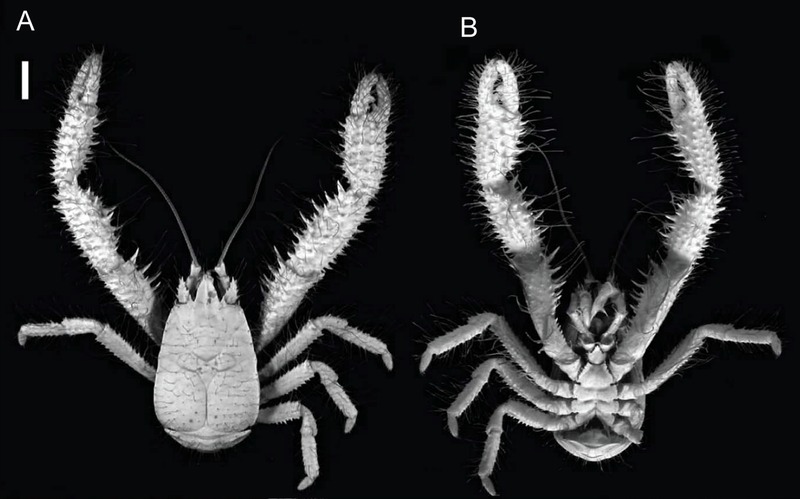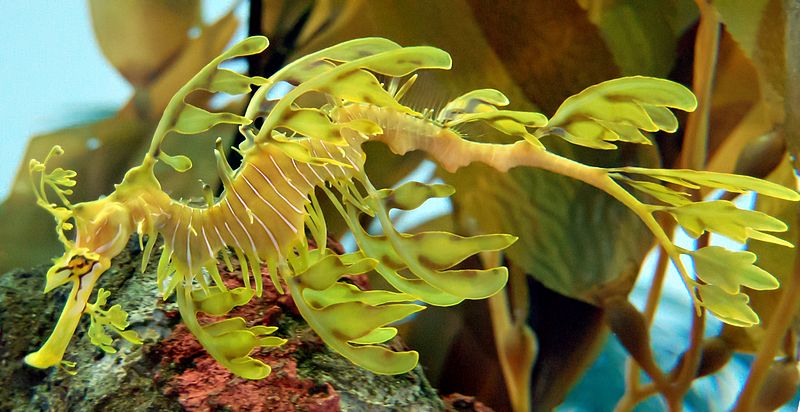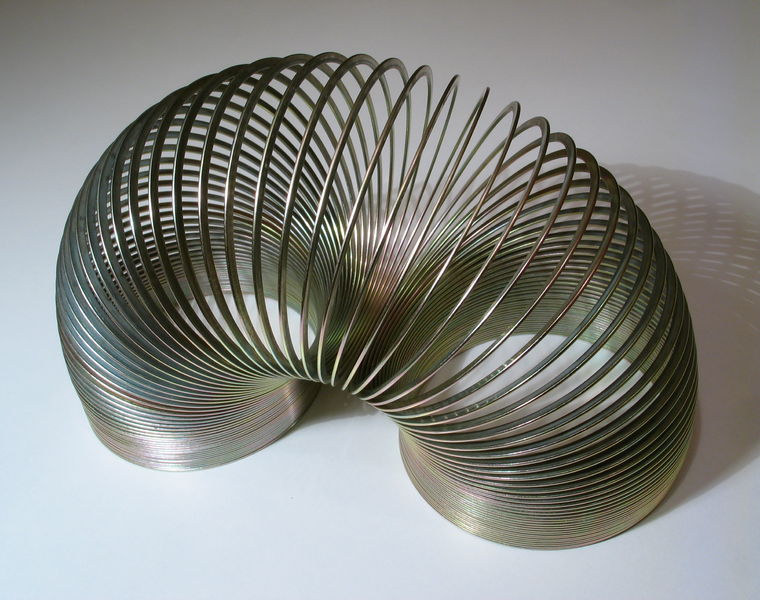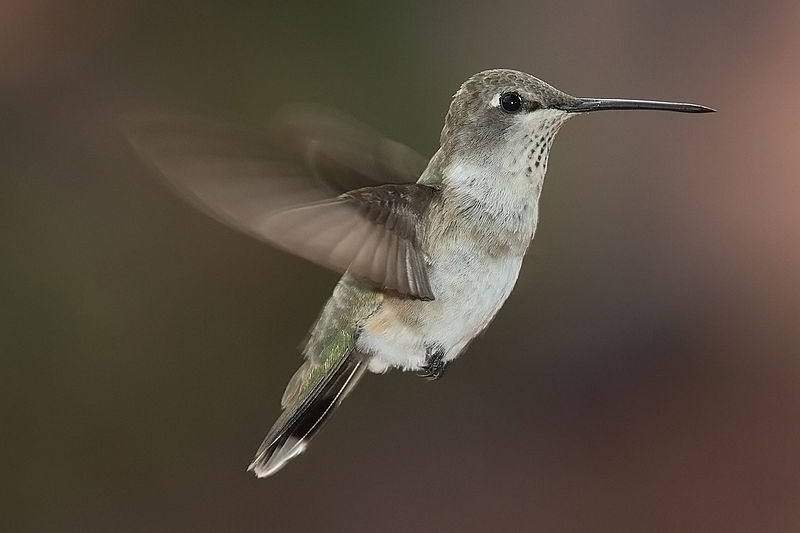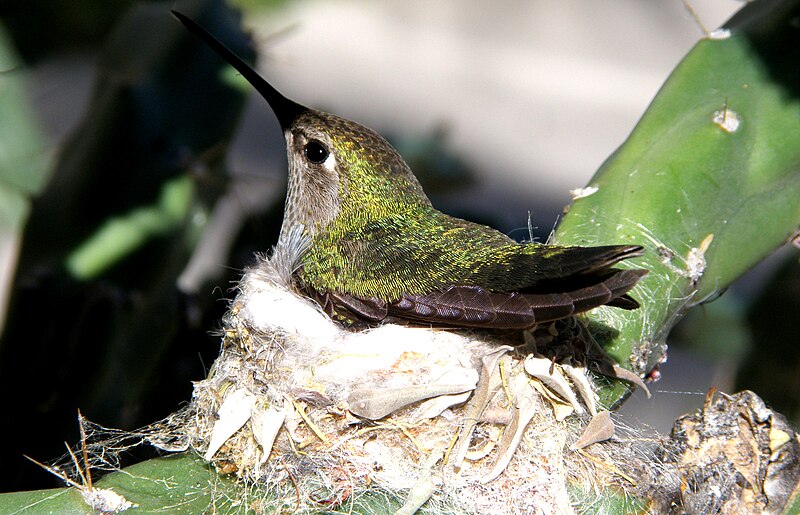Hello everyone! Once again, I have more updates and Joy has
written a nonfiction article for this week, so let's get started!
Unfortunately, the stop-motion series I've been working on (Planet
of the Dinosaurs) is currently on hold because I can't get the audio
recording system to work. That means I can't do any narration and if you've
seen the finished episodes for the series, you'll see how important sound and
narration is to the series. If it doesn't work, I'll try downloading another
recording system to the computer so that hopefully, I can resume this wonderful
project. I'll keep you posted!
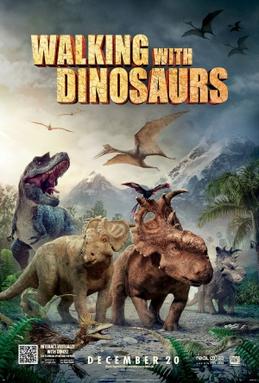 |
| The theatrical poster for Walking with Dinosaurs: The 3D Movie |
A few weeks ago, I mentioned that BBC Earth (along with
Evergreen Films) is creating a film about dinosaurs called Walking
with Dinosaurs: The 3D Movie, and it's based on the 1999 BBC miniseries of
the same name (minus the “The 3D Movie” part). We've known for a
while that this film is due to be released on December 20, 2013 in both 2D and
3D, but they hadn't really released much information regarding the plot . . .
until last Thursday. Unlike the original series, this movie isn't meant to be a
documentary, but rather entertainment based on fossil evidence. Last Thursday,
they revealed that this film is going to star a lesser known relative of the
more famous Triceratops called Pachyrhinosaurus. Unlike Triceratops,
Pachyrhinosaurus lacked horns and instead, had a large lump of bone on
its snout called a “boss”, and it was probably used like a battering ram. BBC
revealed that Walking with Dinosaurs focuses on the life of three baby Pachyrhinosaurus:
Pachi, his brother Scowler, and a female named Juniper and we will witnessed
how they and the rest of their herd struggle to stay alive in a ferocious
ever-changing world they live in. During the course of the film, the three
dinosaurs grow up and Pachi will become leader of the whole herd (which appears
to be hundreds, if not thousands strong) as he leads them on a massive
migration through what will become Alaska, which wasn't as frigid as it is
today (before the Flood and for a brief period after the Flood but before the
Ice Age, Alaska and Antarctica were more tropical). “This is Pachyrhinosaurus'
chance to shine,” explains paleontologist Scott Sampson, one of the film's
scientific advisers. “It's an ornate and just phenomenal creature. A lot of
other dinosaurs haven't had the exposure that T. rex or Triceratops get.
So it's nice to see others become part of the dinosaur iconography.”
But danger lurks for Pachi's herd in the form of, not T. rex,
but another not well-known dinosaur, a Gorgosaurus named Gorgon. Gorgosaurus
was smaller than T. rex, but it still had a wicked set of sharp teeth and was
much faster.
 |
| Gorgon narrowly misses his prey . . . |
But Pachyrhinosaurus and Gorgosaurus won't be
the other extinct creatures to make an appearance in this film! A whole host of
others will also be appearing as revealed in a recent trailer. Here's a list of
creatures that are said to appear in Walking with Dinosaurs:
Pachyrhinosaurus
Gorgosaurus
Quetzalcoatlus (not a dinosaur, but a flying reptile
with a wingspan of a small airplane)
Edmontosaurus
Edmontonia
Alexornis (this extinct bird (appropriately named
Alex) serves as a narrator for the film)
But there were other dinosaurs seen in the recent theatrical
trailers for the film that were not mentioned. So therefore, we can't be
exactly sure of what they are. However, after watching the trailers myself, I
think I have a good identification for the animals not mentioned that were
shown that didn't get mentioned by anyone working on the movie:
Troodon
Chirostenotes
Another major difference from the original Walking with
Dinosaurs, is that this movie will feature voice-overs for the three Pachyrhinosaurus,
in addition to the voice of the narrator Alexornis. This film comes into
theaters December 20th and is being distributed by 20th
Century Fox. Personally, I can't wait for this film to be released because I've
always been a total fan of the Walking with . . . series. I hope this
film lives up to the Walking with . . . shows that have gone before it.
“Jurassic Park set a standard and completely wowed audiences [when it
came out in 1993],” says Sampson,
I truly believe Walking with Dinosaurs is the next quantum leap. It will transport people back in time living with these snorting, hunting, bleeding animals. It's an amazing experience.” I've already shown two of the three trailers so far released concerning this movie. I know that this one is in a different language, but it features parts of the movie that were not featured in the other two, so that's why it's here for you to view.
I truly believe Walking with Dinosaurs is the next quantum leap. It will transport people back in time living with these snorting, hunting, bleeding animals. It's an amazing experience.” I've already shown two of the three trailers so far released concerning this movie. I know that this one is in a different language, but it features parts of the movie that were not featured in the other two, so that's why it's here for you to view.
Alright, now let's move on to Joy's nonfiction article:
Our favorite fluffy and mischievous friends live mostly everywhere, from Egypt as royal pets to Europe where cats are considered a delicacy (who would want to eat a cat?!?). I'm not talking about the kind of wild cats such as lions and tigers and bears...(Oh my! Just kidding, I'm not talking about bears here!) Nearly 35% of Americans own one or two cats. 15-30% of Americans are allergic to them. My aunt in North Carolina owns ten dogs and an unknown number (over 20) cats living in the same house. Now that's just a little crazy but enjoyable plus most of the animals are from shelters that were about to put the animal down or wasn't wanted.
 |
| This cat is known as a calico. |
Our furry friends are known for their amazing eyesight in the dark, their sharp claws to climb things, and their incredible agility skills. They've been able to catch; mice, rats, birds, bunnies, and fish. Cats come in different colors and in different variations of colors including:
| Red | Orange, rust, marmalade, yellow, ginger |
| Blue | Gray, grey |
| Chocolate | Brown |
| Seal | Brown |
| Silver | Grey or gray |
| Black Tortie & White | Calico |
| Cream | Buff |
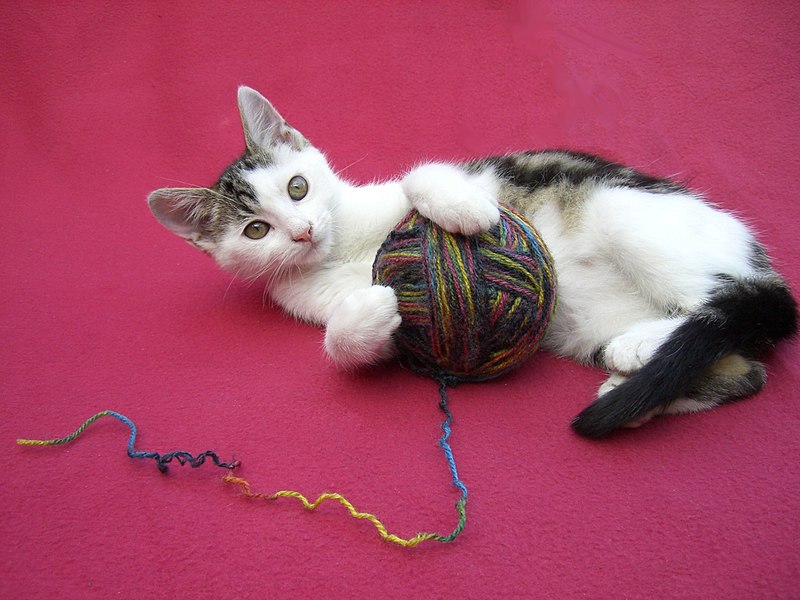 |
| As we all know, cats, especially kittens, adore yarn! |
Cats have keen instincts and easily catches their prey. However, cats have been know to play around with their captured food (who taught them table manners anyway?). Therefore, the prey has a high chance of escaping because of the cat's folly. These cute felines are known to be very destructive and will rip up couches, curtains, and rugs but as their mischievous talent continues, the bond between an owner and their pet is unbreakable.
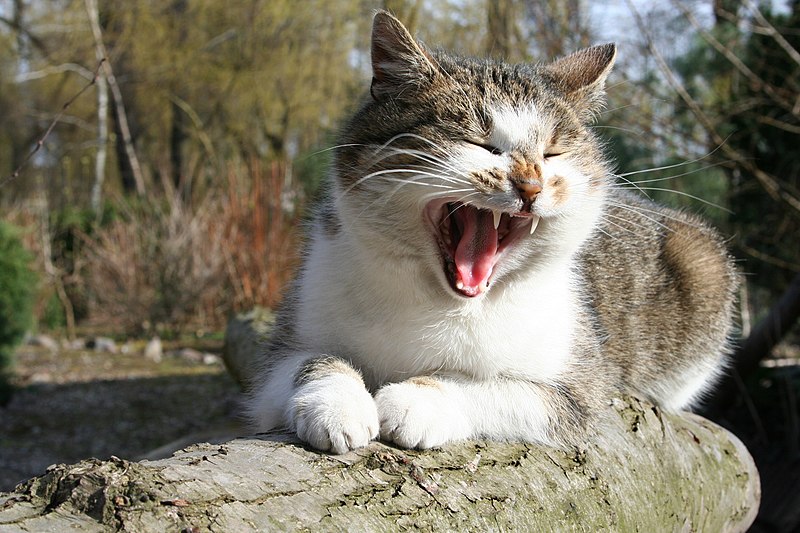 |
| "I didn't get much sleep because I was up chasing mice all night." |
Cats have been one of our lifelong companions, like dogs. Cats have been known to alert owners when they want attention and need food. If they like you, they may end up giving you a gift! Did you know that cats can understand your feelings? They can read your body language and listen to the sounds you make. Sometimes when your in pain, cats act gently around you or when your sad, cats have been known to rub or head-butt, possibly to comfort you. Our furry felines have been loved or abused, hurt or cared for, but no matter what, a bond between a human and animal can be unbreakable and never ending, even after death!
I hope you enjoyed today's article! I'll see you next week when we'll delve into each of the characters in the popular British television show called Primeval. Bye for now!
PS 1: To post a comment (this is highly encouraged), please
simply click the post you wish to comment on, scroll to the bottom of the page
and put what you wish to say or ask in the comment box. Then in the box below
the comment box choose who you’re going to comment as. And then click preview or publish. If you aren’t signed into Google, you’ll be asked to type
in a word and a number in the space provided. Type the word, put a space and
then put the number. Then your comment is on the blog!
PS 2: Have a puzzling question about animals (including
dinosaurs), myself, my latest book, my stop-motion movies, Creation or etc?
Please post your question as a comment or send me an email at animaladventures@aol.com.
PS 3: What’s the latest scoop? Check it out at SMILEY’S NEWS.
PS 4: Be sure to comment on the latest stop-motion movies
too, this will help me improve them.

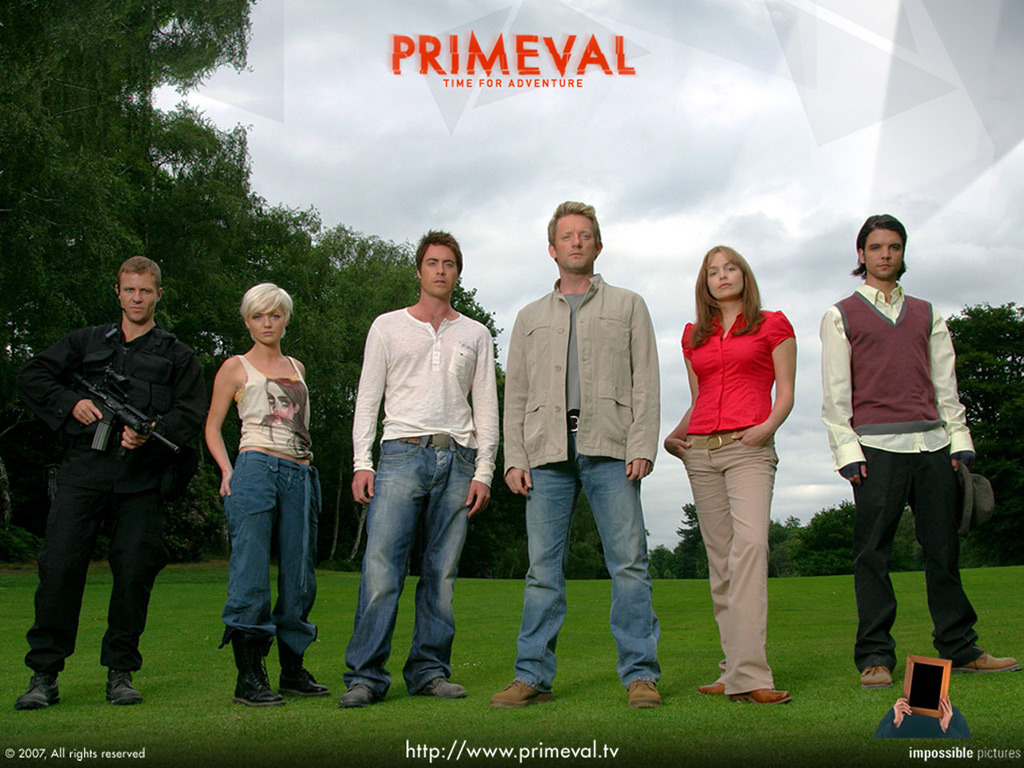
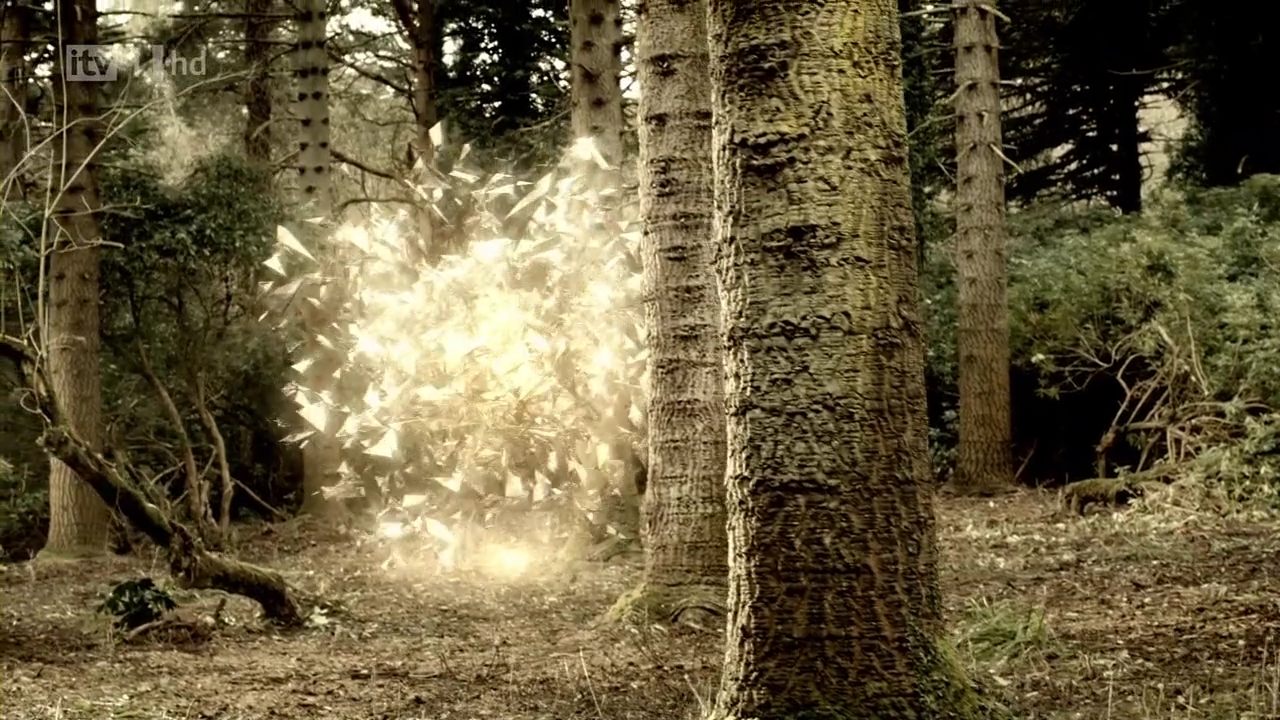

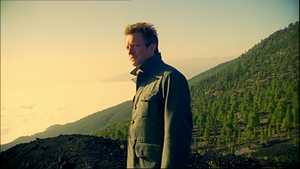
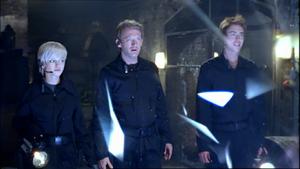
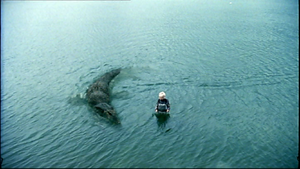
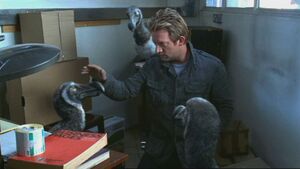

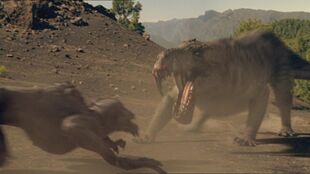
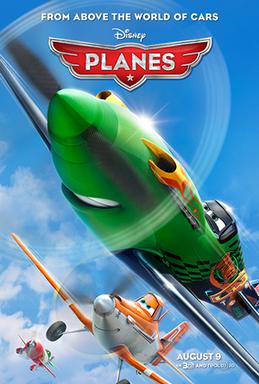

_logo.jpg)


